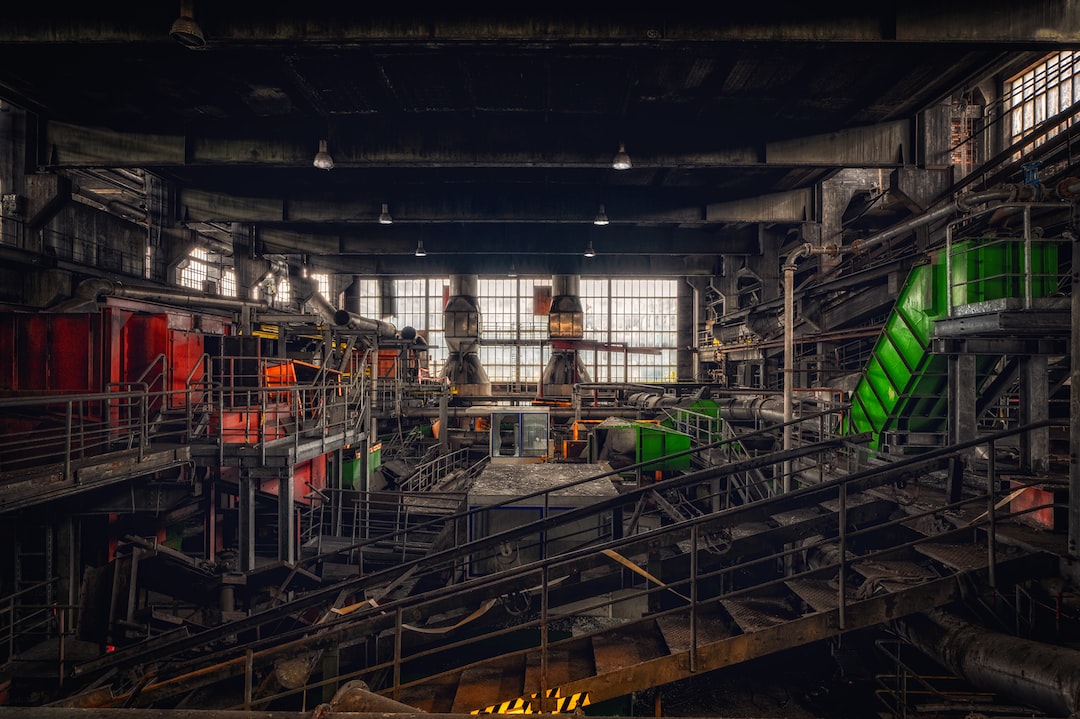Enhancing Worker Safety in Manufacturing with Technology
Worker safety has always been a critical concern in the manufacturing industry. Manufacturing plants are often filled with hazards that can pose significant risks to workers, such as heavy machinery, chemicals, and repetitive tasks that can lead to musculoskeletal disorders. However, advancements in technology are now playing a crucial role in enhancing worker safety in manufacturing.
One of the most common ways technology is improving worker safety is through the use of automation. Automated systems can take on dangerous tasks that were previously done by workers, reducing the risk of accidents and injuries. For example, in the automotive industry, robots are now being used to perform tasks such as welding and painting, which eliminates the need for workers to be in close proximity to hazardous situations. Furthermore, these robots are equipped with sensors that can detect any abnormalities or malfunctions, ensuring that they operate safely.
Another technology that is revolutionizing worker safety is wearable devices. By using wearable technology, employers can monitor and track the well-being of their workers in real-time. These devices can provide valuable information such as heart rate, body temperature, and fatigue levels. This data allows employers to identify potential risks and intervene before accidents happen. For instance, if a worker’s heart rate starts to rise abnormally during a physically demanding task, supervisors can step in and provide necessary support or rest intervals to prevent any health issues.
Additionally, the Internet of Things (IoT) has brought a significant improvement to worker safety in manufacturing. IoT-enabled devices can communicate with each other and provide valuable data that can be used to minimize risks. For example, sensor-equipped machines can monitor their own performance and identify any signs of malfunction. This allows maintenance teams to be proactive in their approach, addressing potential breakdowns before they actually occur. By detecting and fixing issues early on, the risk of accidents caused by equipment failure is greatly reduced.
Virtual reality (VR) and augmented reality (AR) are also making a positive impact on worker safety. These technologies provide realistic simulations and training programs that allow workers to practice hazardous tasks in a controlled environment. By training in a virtual setting, workers can gain experience and confidence, reducing the chances of errors that could lead to accidents. Additionally, AR can be used to overlay important safety information onto real-world scenarios. For example, workers wearing AR glasses can see caution signs or instructions while operating machinery, helping them make safer decisions.
Furthermore, data analytics and artificial intelligence (AI) are contributing to worker safety improvements. By analyzing vast amounts of data collected from various sources, AI algorithms can identify patterns and potential risks that humans may overlook. This allows employers to make data-driven decisions to improve safety measures continuously. For example, AI algorithms can analyze historical accident reports and identify recurring factors that contribute to accidents, allowing employers to implement specific safety measures to prevent future incidents.
In conclusion, the manufacturing industry is constantly evolving, and with technological advancements, worker safety has become a top priority. Automation, wearable devices, IoT, VR/AR, and data analytics are all playing vital roles in enhancing worker safety. By removing workers from hazardous tasks, providing real-time monitoring, improving equipment maintenance, offering realistic training simulations, and analyzing data, manufacturing plants can significantly reduce the risk of accidents and create a safer working environment. As technology continues to advance, the potential for further improvements in worker safety in the manufacturing industry is promising.

